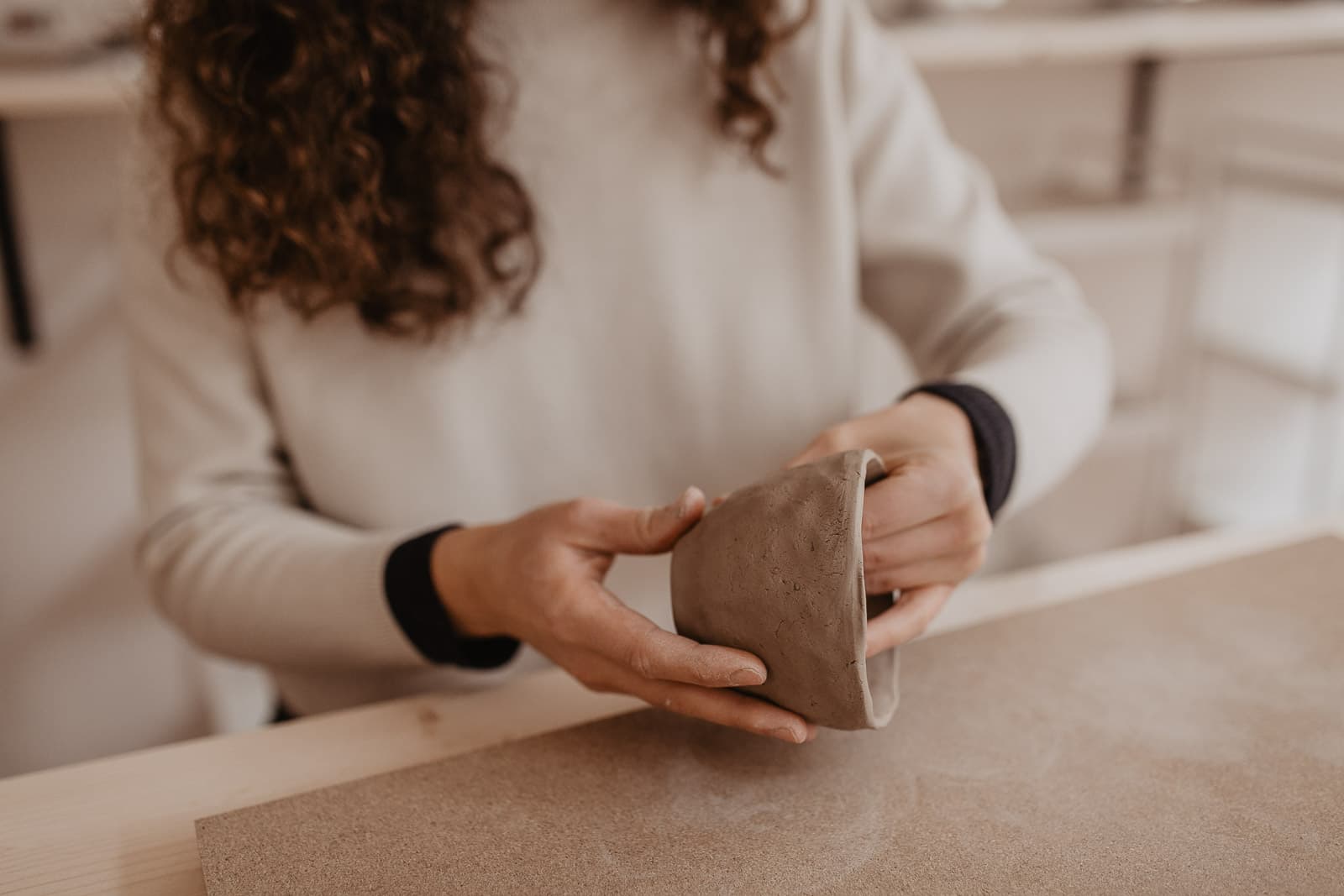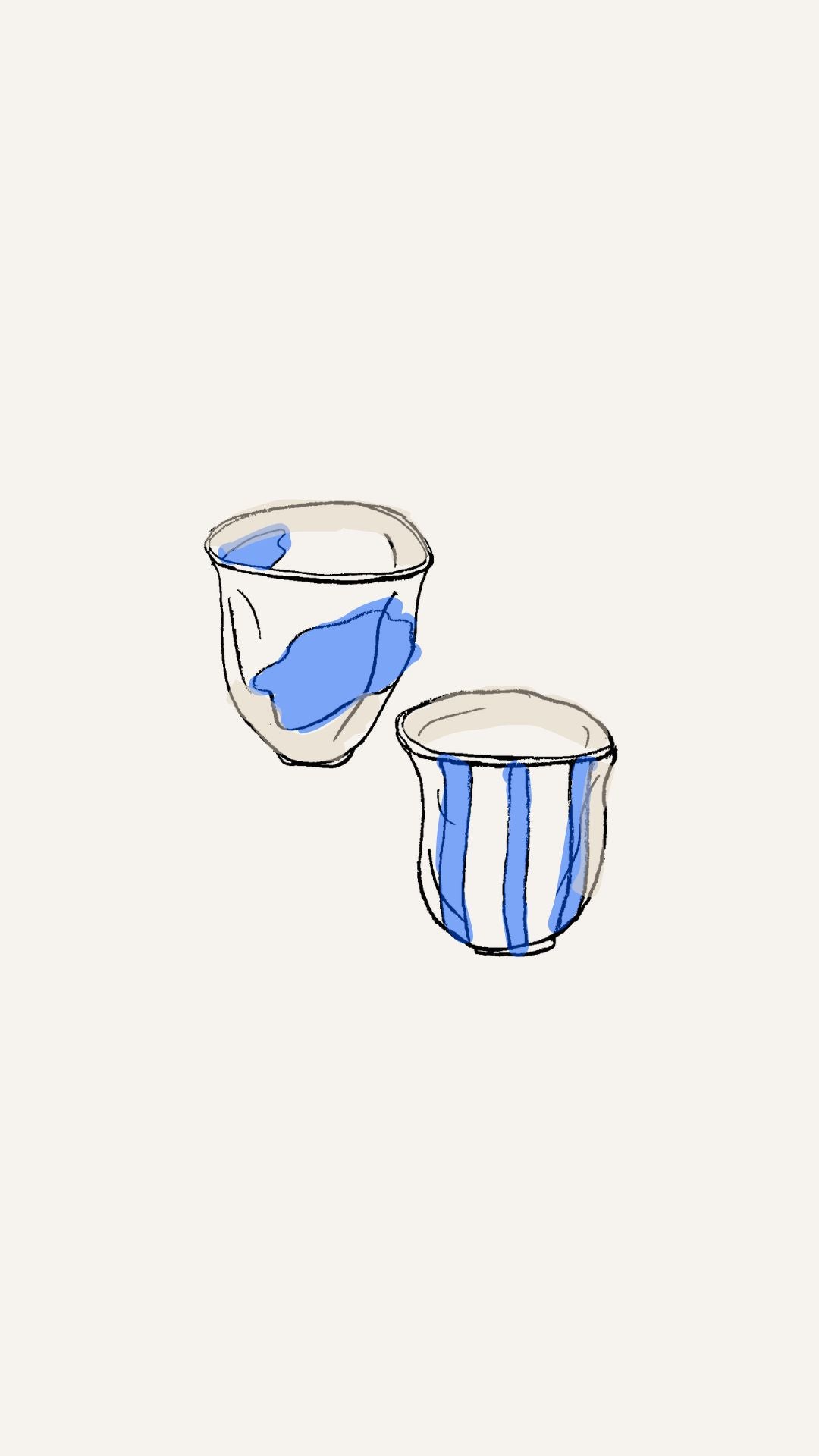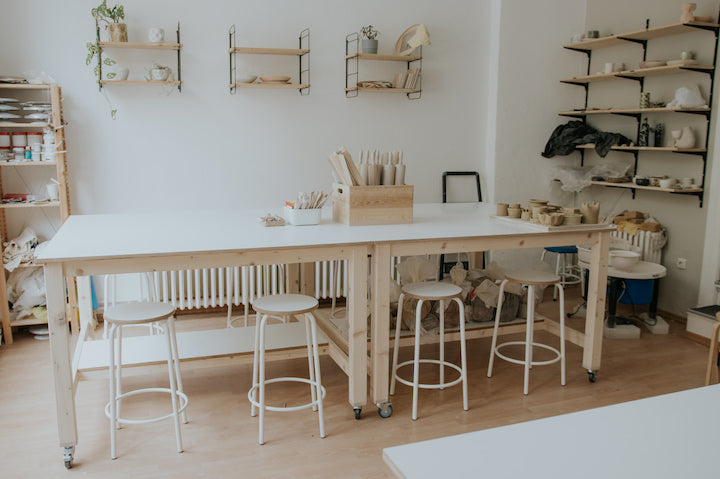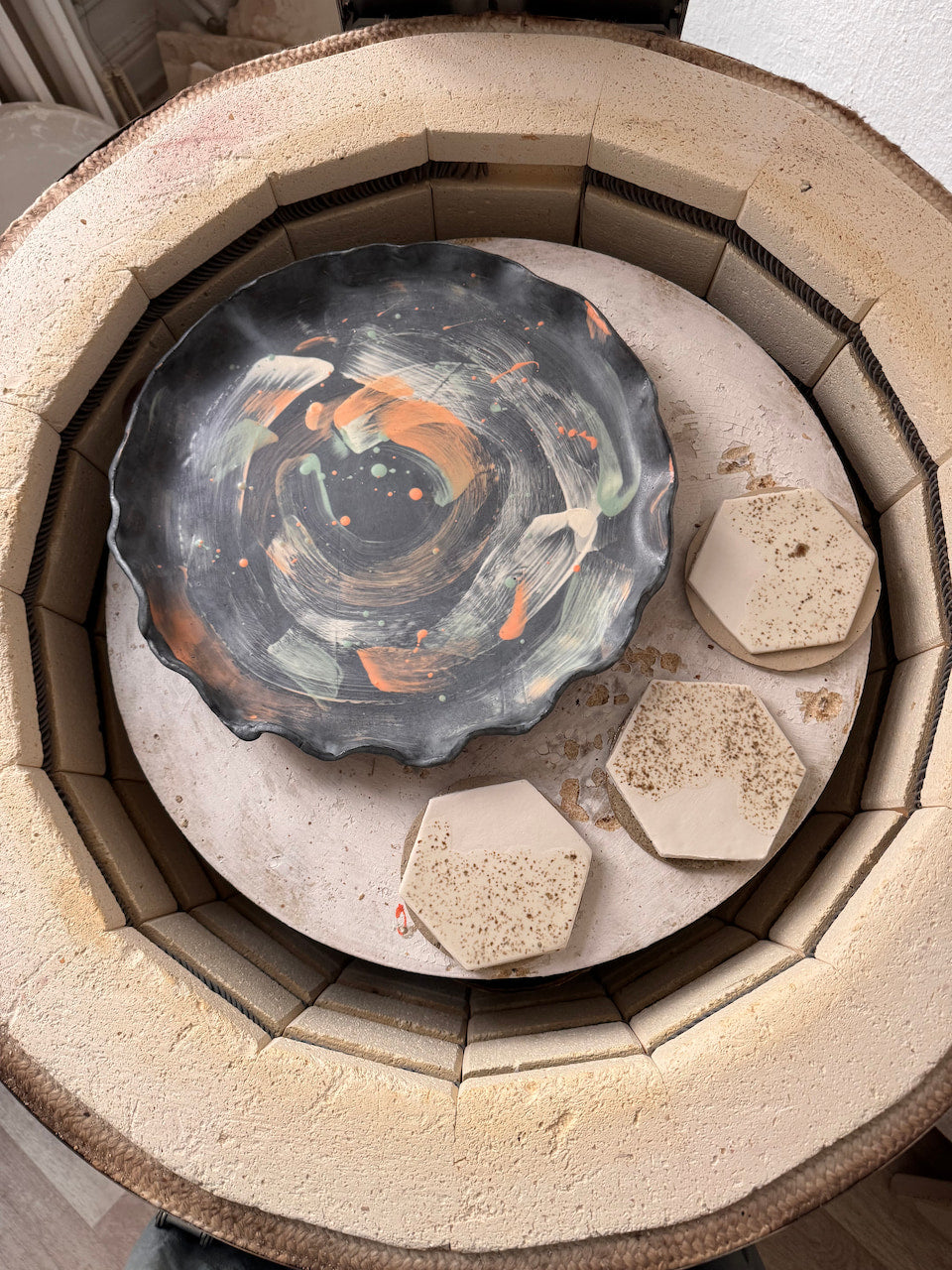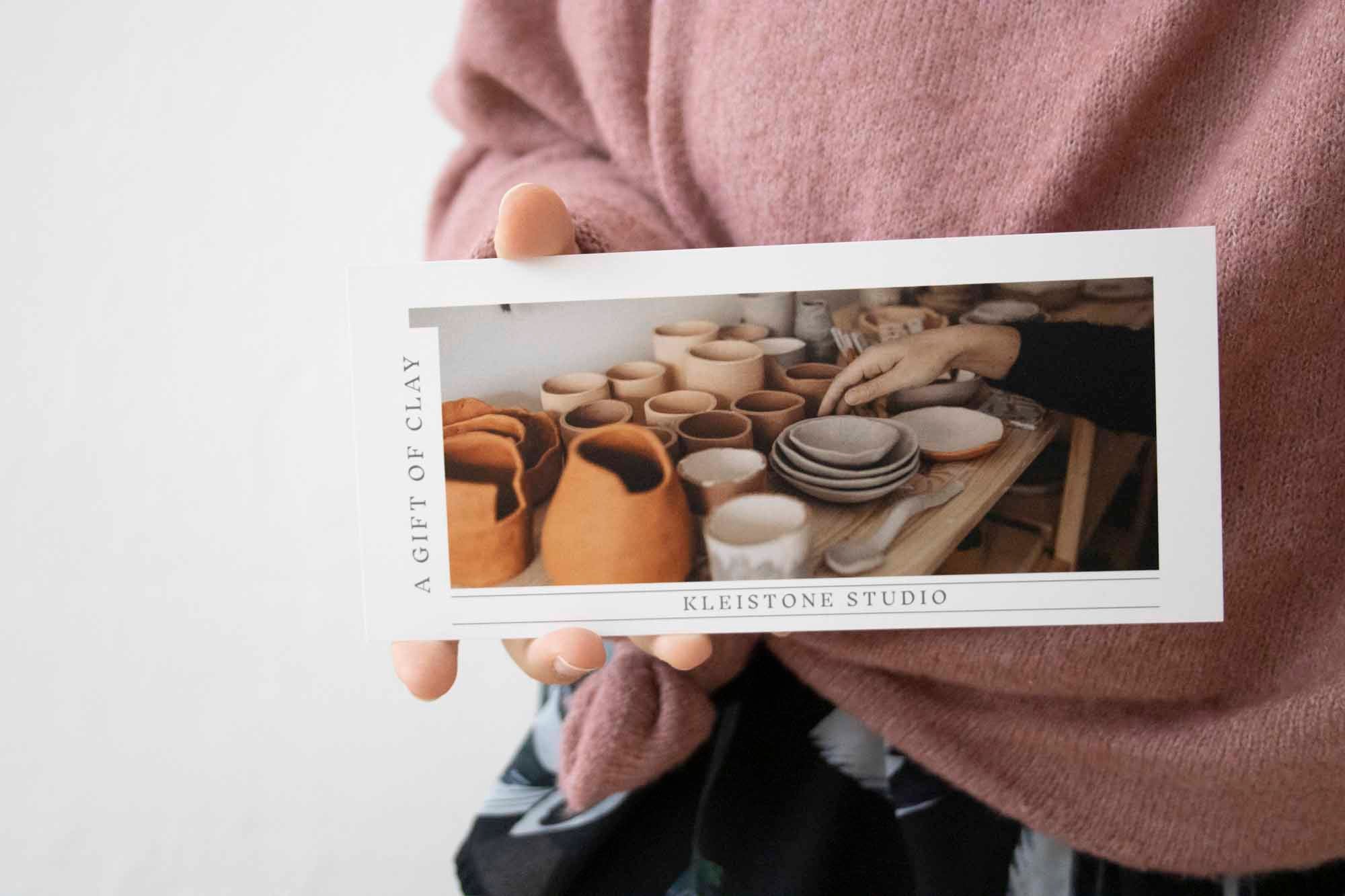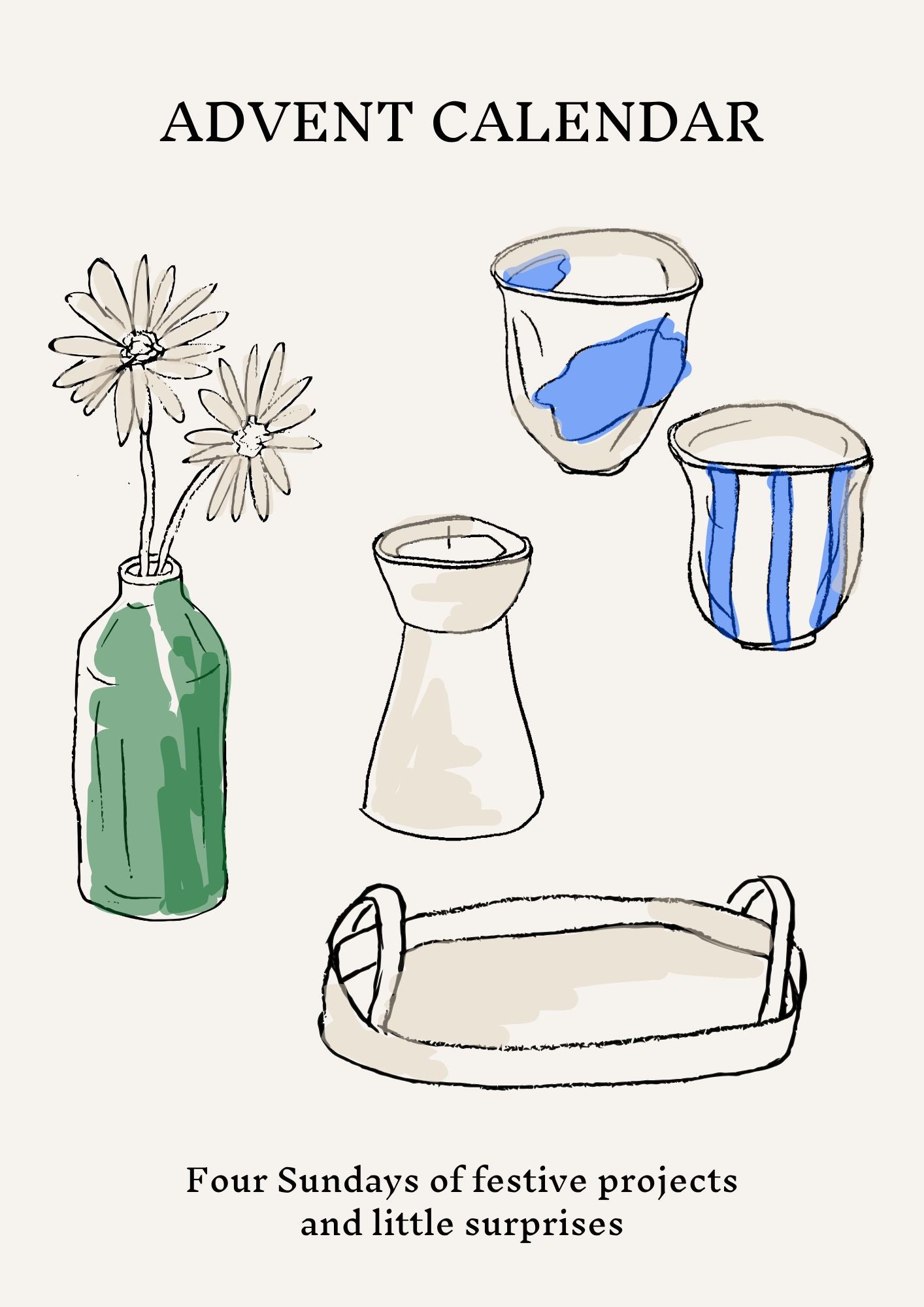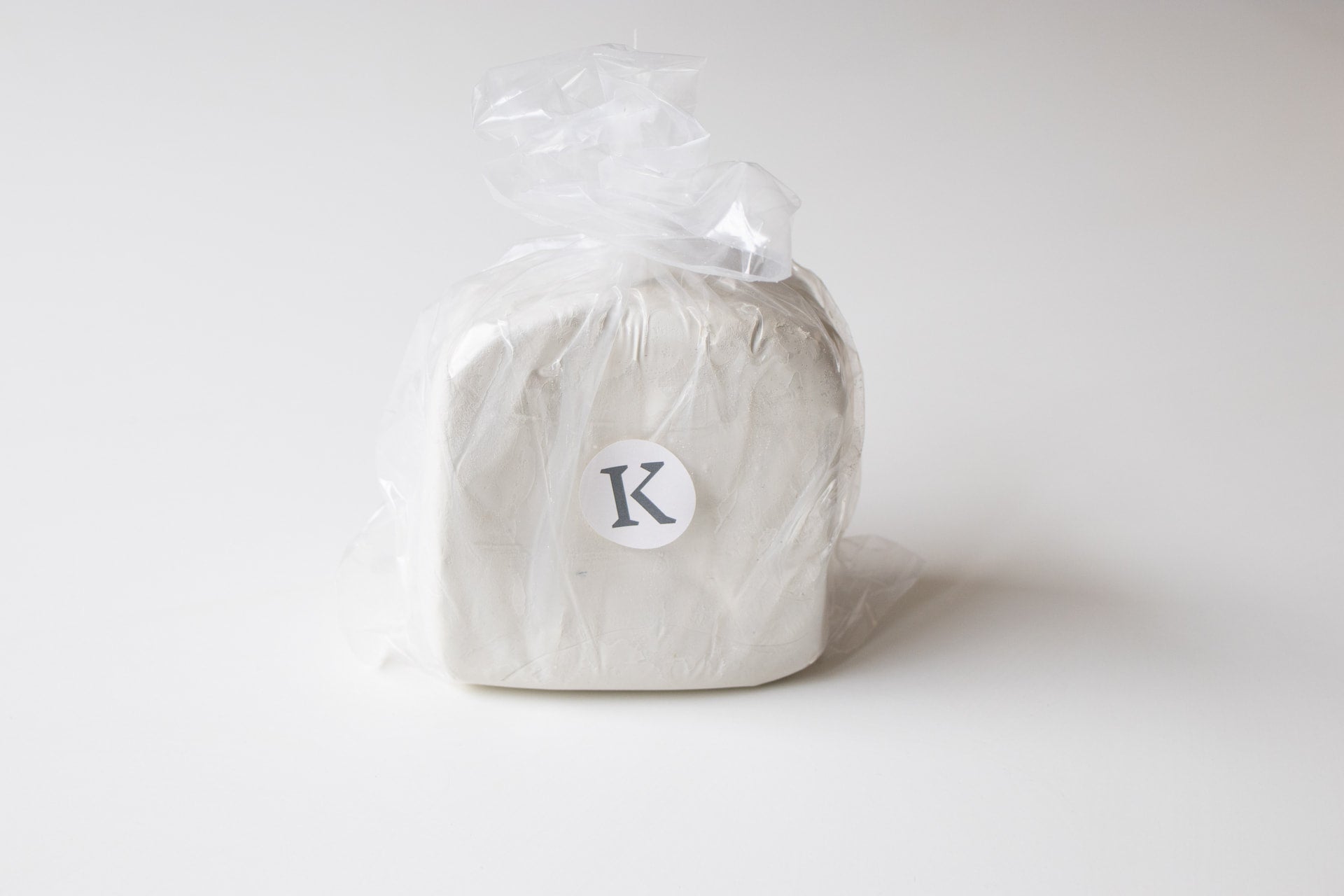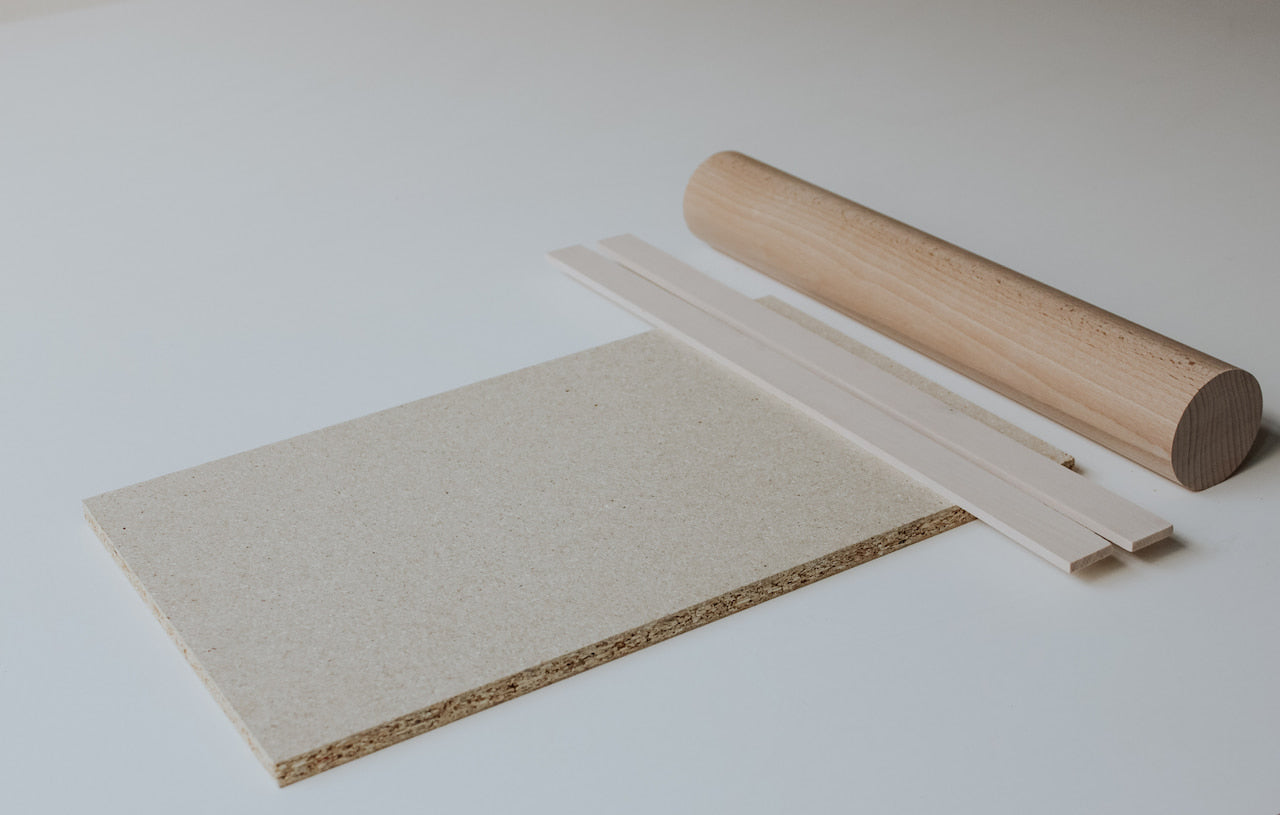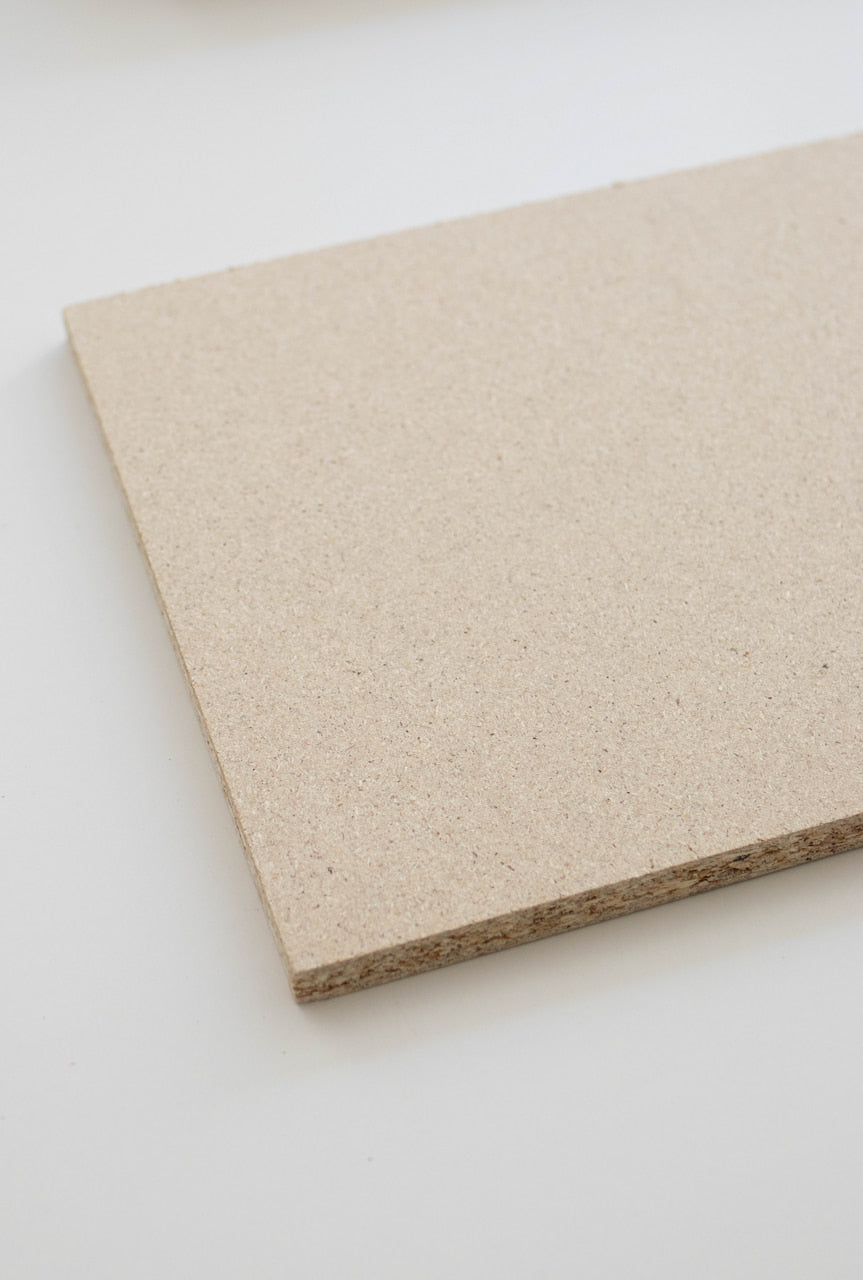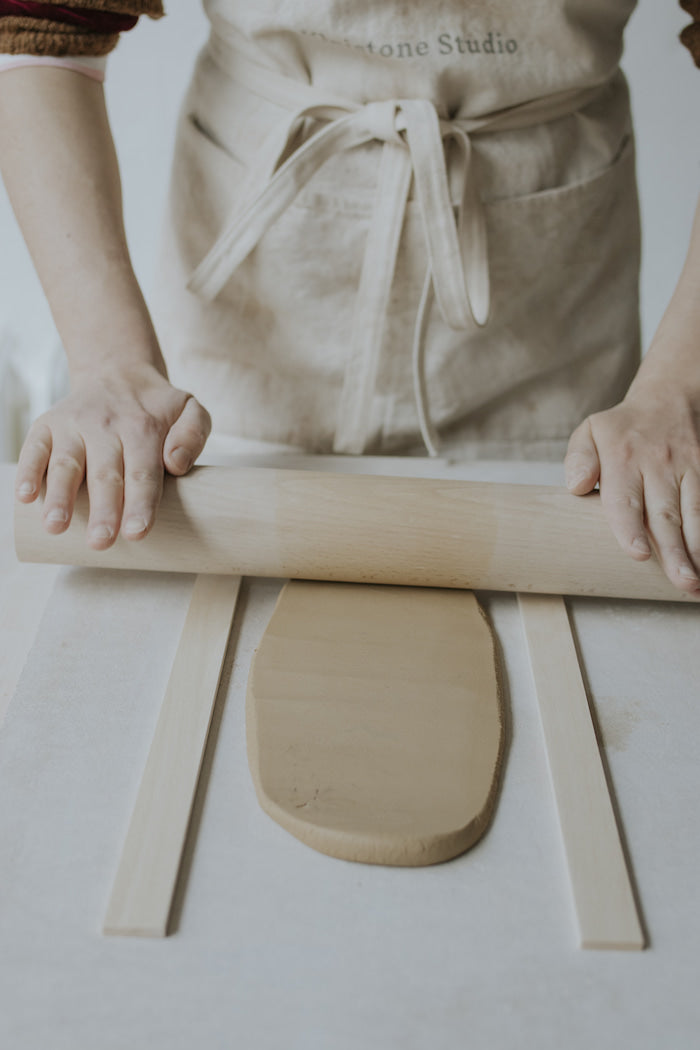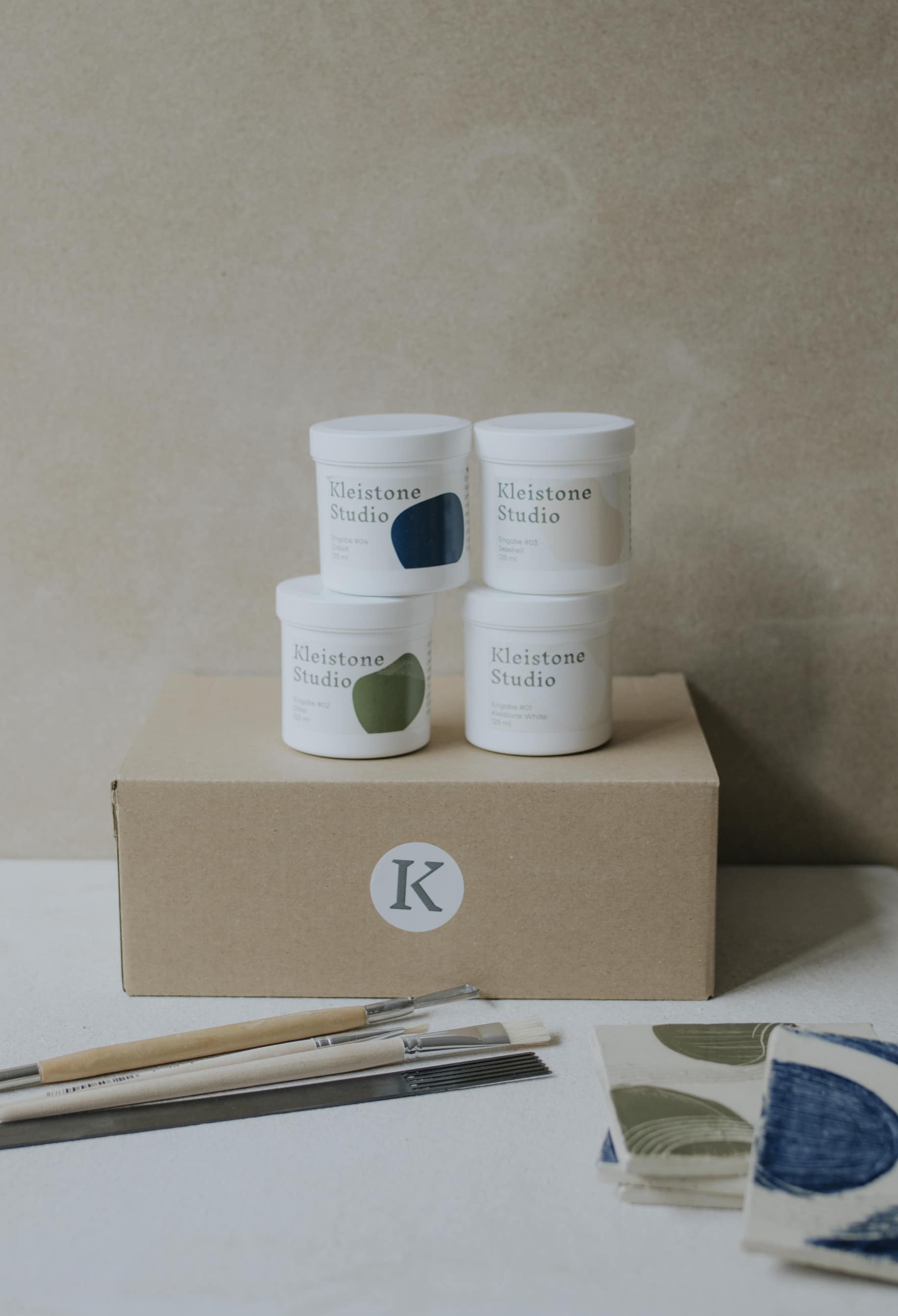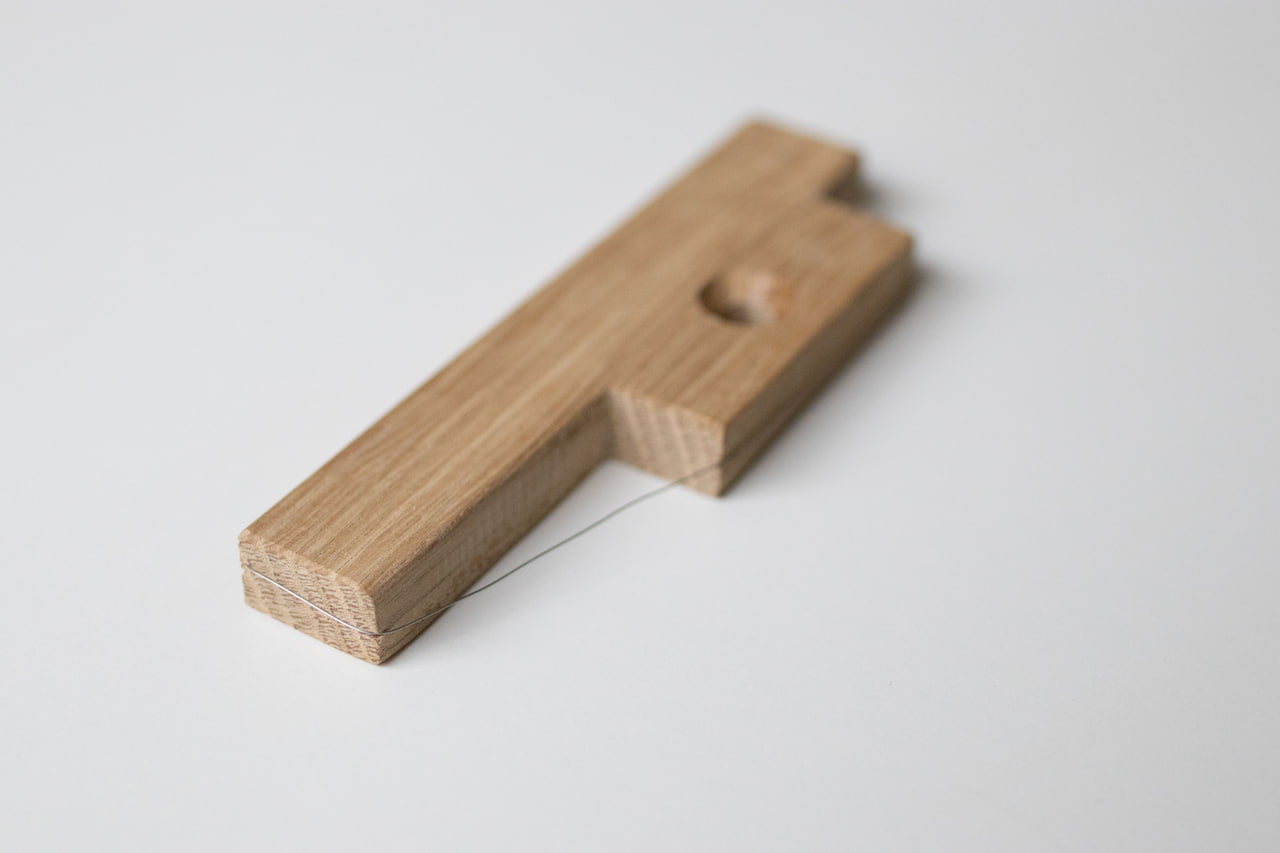Artikel: Using oxide washes for surface decoration on ceramics: a little taste of our pot of the month newsletter
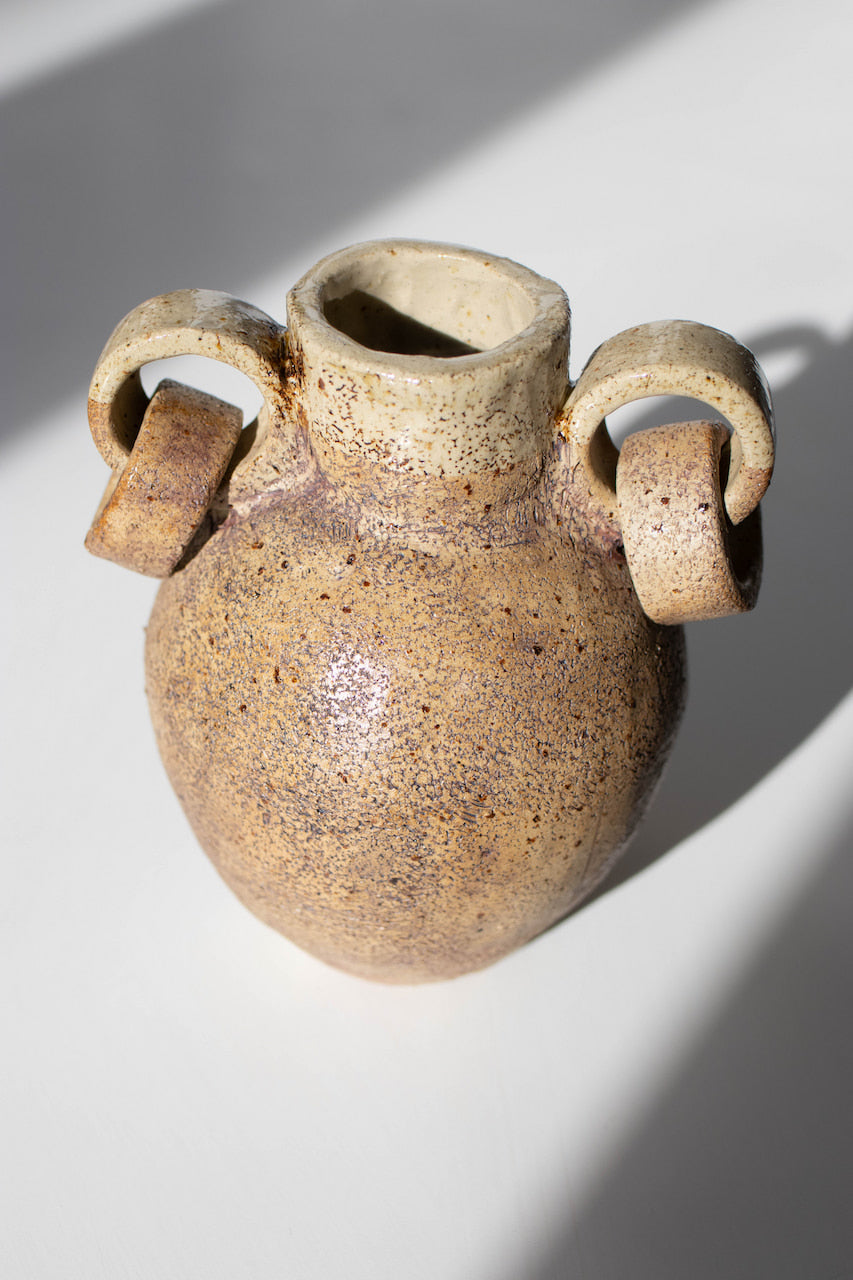
Using oxide washes for surface decoration on ceramics: a little taste of our pot of the month newsletter
We send a monthly newsletter called "pot of the month" in which we talk about ceramic techniques using one or more examples of pieces made in our studio. We often highlight member and student pieces.
Here's a little taste of the pot of the month newsletter for the month of October, which was all about oxide washes. Sign up to our newsletter so you don't miss out on future ones!
----

Oxide washes are probably the most popular mode of decoration in our studio. We get many questions about pieces that feature them and that's why we have added them to the things that our intermediate students learn how to mix and use.
Oxide washes consist of a small amount of oxide or carbonate (raw materials) mixed with a bit of water. The most common oxides potters use are: red iron oxide, cobalt carbonate (cobalt oxide also exists, although it tends to produce less uniform results), copper carbonate, manganese dioxide, rutile and chrome oxide. It is also possible to create combinations, although they should be tested. The strength of the color depends on water content and application.
Oxide washes are typically used on bisque. They can be applied over a light-colored glaze (just wait until the glaze has dried) or underneath it. When applied under a glaze, the results will be more washed out, which can look very beautiful.
They can also be applied on a bisqued piece without using a glaze, like our student did for the vase in the first photo above. She applied a thin layer of red iron oxide wash on the bisque and left most of it unglazed on the outside. We are particularly obsessed with how shiny it looks even without a glaze!


For the bracelet above, layers of copper wash were applied underneath a layer of our studio white glaze.
On the small cup above, Elisabetta applied a brush of manganese dioxide over her white matte glaze.
For the beautiful cup below (you can learn to make pleated objects just like this in our intermediate class, by the way), Kate applied copper wash under our studio white glaze.

Do you use oxide washes in your practice?
If you want to learn how to mix and use oxide washes on your work as well as more advanced decorating techniques, our intermediate intensive class in November is the perfect place to learn.
